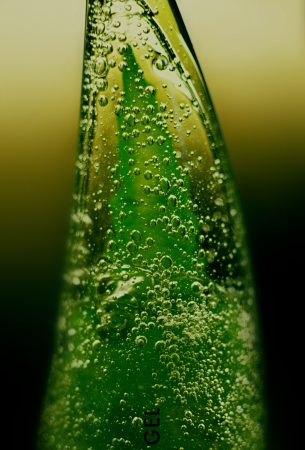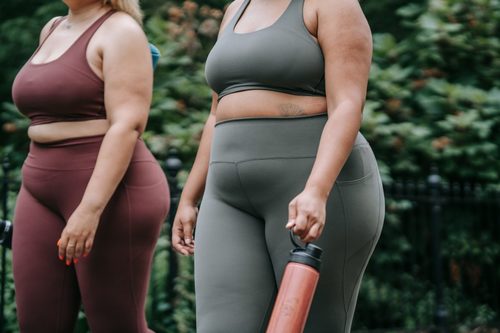Thick thighs save lives, but chafing is a real struggle…
Chafing is a common skin problem that occurs due to friction (skin rubbing on skin), moisture, or fabric that irritates the skin. Chafing causes a red rash that burns and stings and can lead to more severe symptoms like swelling, bleeding or crusting after sustained periods of intense friction.
Chafing can be experienced when you wear ill-fitted clothing, during hot weather, and after prolonged periods of sitting in a tight space, but chafing is often caused by physical activity that involves repetitive motion. You could be cycling, hiking or even just walking when chafing enters the scene…
ALSO SEE: New skincare secret unlocked: why we’re loving Dandelion
How to treat chafing
We all know how uncomfortable it can be to put up with chafing, especially when your thighs are the ones paying the price. Moving around becomes painful and feels impossible.
Here are 6 tips on how to treat chafing and shorten your recovery time:
Easy does it
When it comes to treating chafing, easy and gentle does it. Start by cleansing the affected area with mild soap and lukewarm water. Pat dry using a soft towel, being mindful not to aggravate the skin further. This step will rid the area of sweat and dirt that can worsen chafing.
Let a cool compress work its magic
If your thighs feel like they’re on fire, a cool compress will give you the temporary relief you need. Grab a clean cloth and dampen it with cold water, or wrap an ice pack in a thin towel. Gently place the compress on the chafed skin for 10-15 minutes. This will help the inflammation and pain to subside, but it’s a temporary fix.
Don’t apply your compress too frequently, you don’t want excess moisture in the area during your recovery.

Pexels
Aloe is your bestie
Aloe vera is a true superhero when it comes to soothing and healing chafed or damaged skin.
If you’re a green thumb, extract some of your own fresh aloe vera gel, or you can just grab a gel with a high aloe vera content from Dis-chem, or Clicks. Apply a thin layer of gel to the affected area and let it absorb. Repeat 3-5 times a day and aloe’s healing properties will help to reduce redness and provide a cooling sensation which works wonders for chafed skin.
Just add oats
That carton of oats you have stowed away isn’t just for brekkie! Oat meal is actually renowned for its anti-inflammatory and moisturising qualities.
Create an oatmeal paste by blending oats and water until it forms a thick consistency. Apply the paste to the chafed area, leaving it on for 15-20 minutes before rinsing gently with lukewarm water. Oatmeal will ease sensitive skin, reduce itching and offer relief, much like aloe does. Use them together for a super combo!
ALSO SEE: Is oatmeal water good for you, and why? Here’s the scoop
It’s time to dress down
We all need a little space to heal, even your skin does. If you’re battling with chafing, don’t go sporting your tightest clothes. Rather choose loose-fitting fits, made from breathable fabrics like cotton or moisture-wicking materials. When you go for garments that won’t hug your sensitive areas too tightly, you minimise friction and reduce the chance of exacerbating chafing.
Zinc oxide to the rescue
Look out for over-the-counter creams or ointments containing this zinc oxide! Applying this to chafed skin forms a protective barrier, which reduces moisture and friction. Much like slugging, but for chafing girlies.
Try these at-home remedies the next time chafing comes to town and your recovery will breeze by!
ALSO SEE:
Google now allows you to search for skin conditions by uploading photos
Feature Image: Pexels

